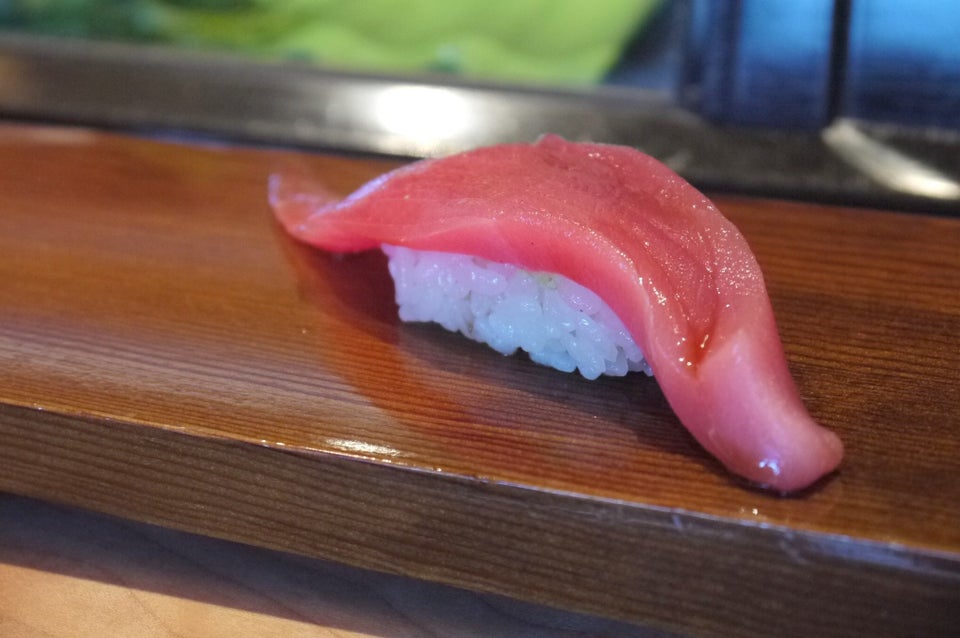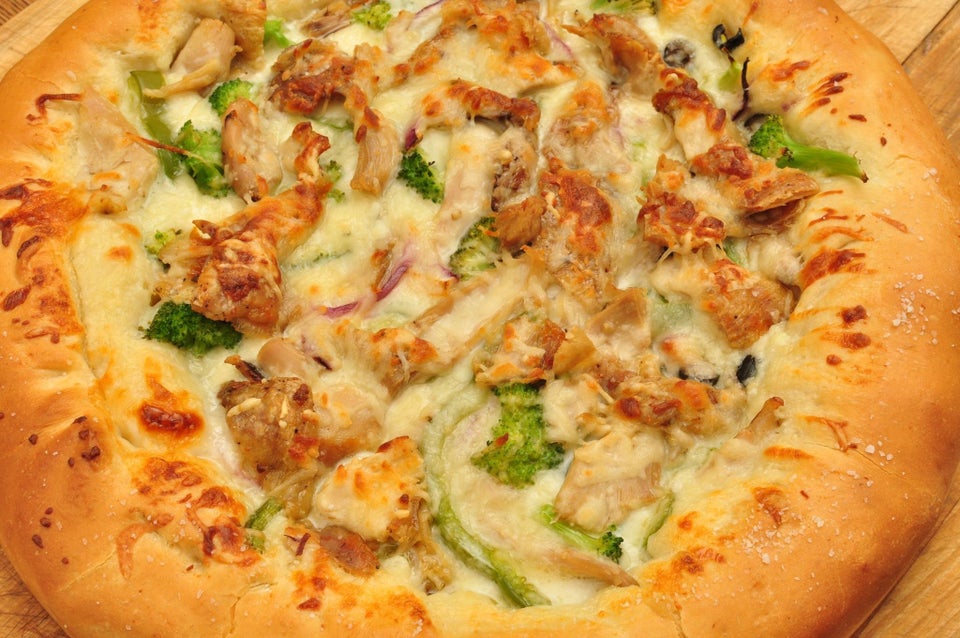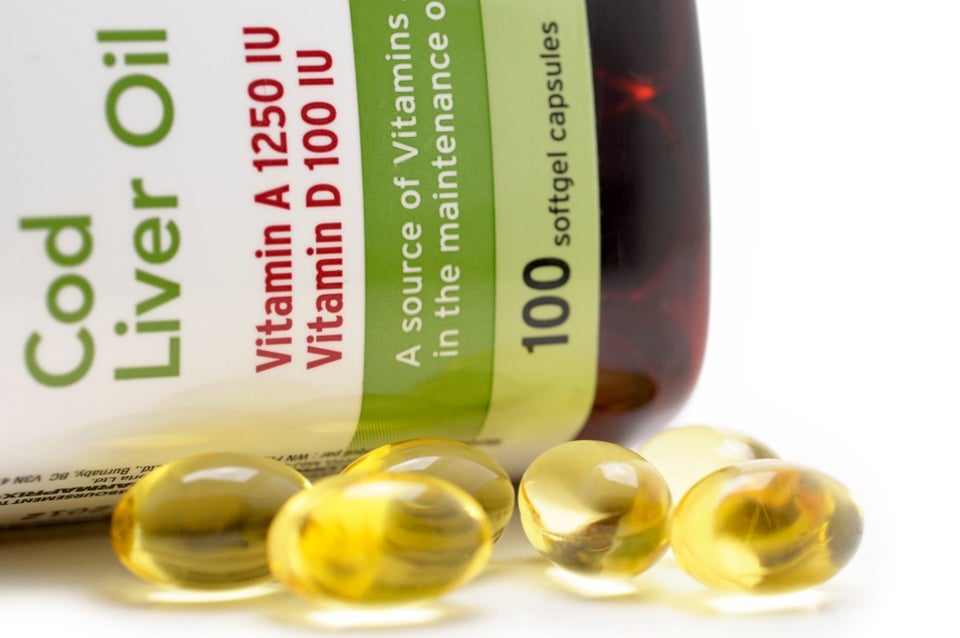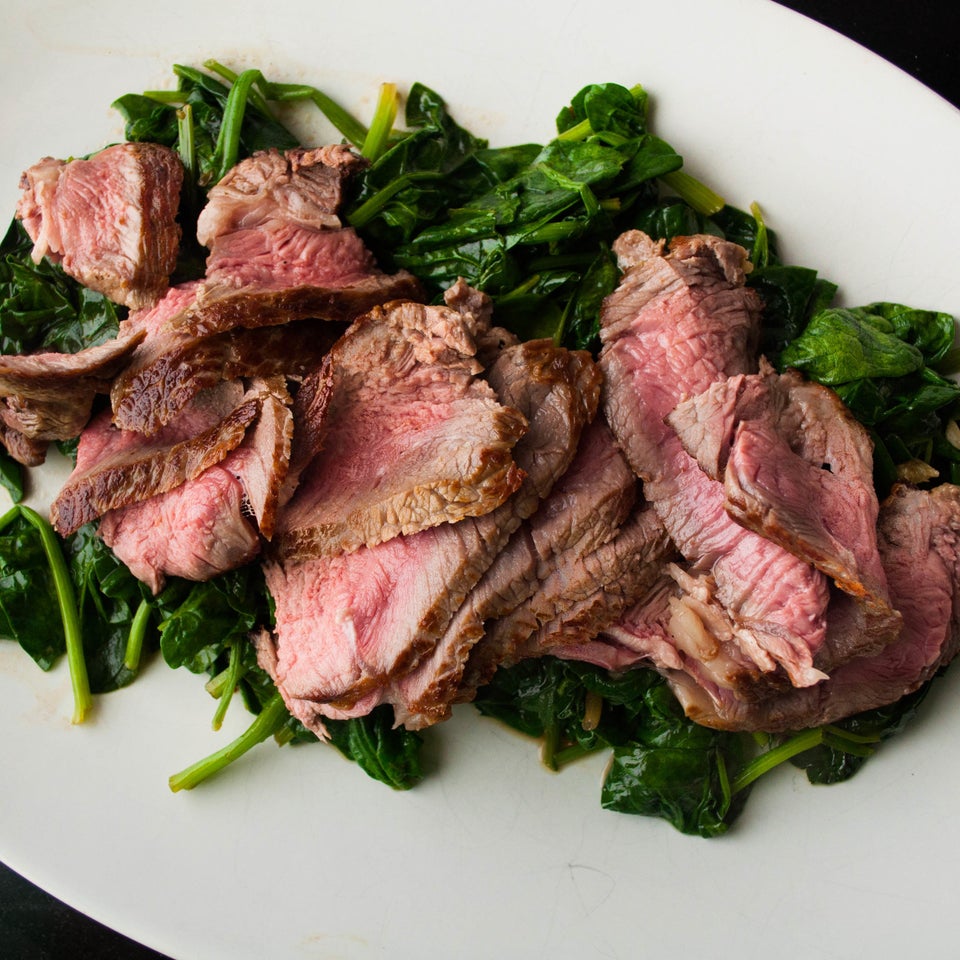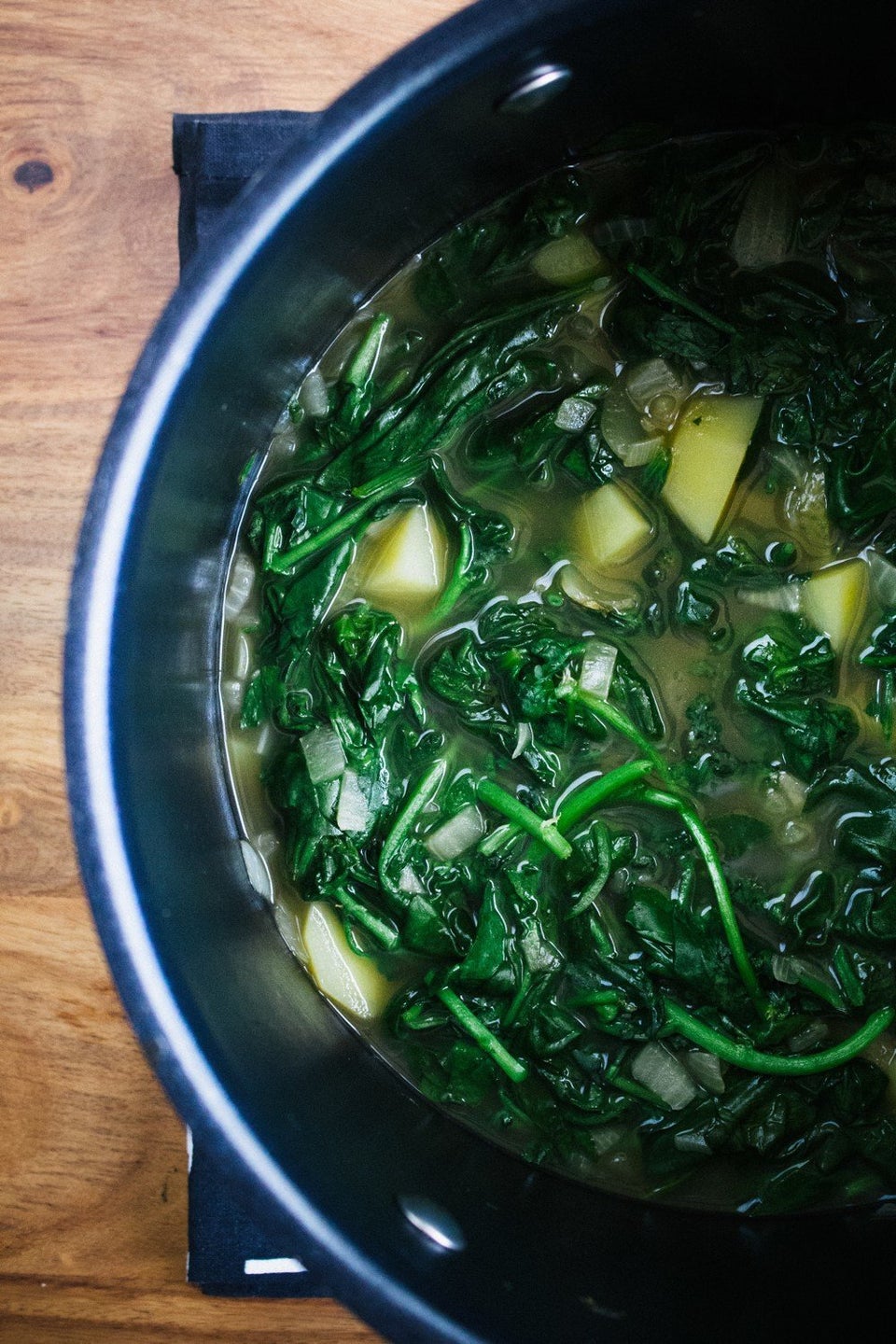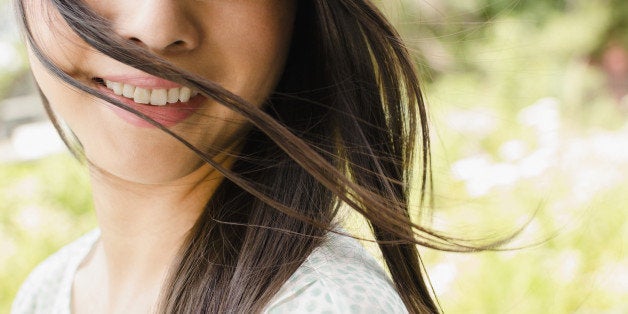
By: Rachael Rettner
Published: 10/21/2013 02:56 PM EDT on LiveScience
A new method to regrow hair using a person's own cells holds promise, according to a preliminary study in mice.
In the study, researchers used a type of human skin cell to generate new hair follicles, the structures beneath the skin's surface that sprout hair.
Although the study is one of the first to find a way to create new hair follicles in the lab, much more research is needed to improve the technique. The hair follicles generated in the study typically did not sprout hair that could grow all the way to the skin's surface, the researchers said. [7 Beauty Trends That Are Bad for Your Health]
Still, once the technique is refined, it could have advantages over existing hair-loss treatments, which typically work by slowing the loss of hair follicles, stimulating the growth of existing hairs or moving hair from one part of the body to another, called hair transplantation.
These methods usually do not work well in patients who already have a limited number of hair follicles, such as women with hair loss, or patients with burns, the researchers said.
In contrast, the new method requires very few existing hairs in order to work, and could make hair transplantation available to more patients, said study researcher Angela M. Christiano, a professor of dermatology at Columbia University Medical Center.
In the study, the researchers obtained cells called dermal papilla cells, which give rise to hair follicles, from seven people with pattern baldness. The dermal papilla cells were cultured in such a way that they were allowed to grow in three-dimensional space (as opposed to a two-dimensional lab dish).
Once these cells grew into spherical droplets, they were transplanted into human skin that had been grafted onto the backs of mice. These skin grafts were made from the foreskin of infants, which does not contain hair or hair follicles.
In five of the seven samples, the transplanted dermal papilla cells induced new hair follicles to grow in the skin graft. A DNA test confirmed that these hair follicles were, indeed, a genetic match with the donors'.
"I think it's fabulous," Dr. Michele Green, a dermatologist at Lenox Hill Hospital in New York, said of the study. "The fact that they can have neogenesis (regeneration) of hair...is really the future of modern medicine."
Currently, to treat hair loss with transplantation, "You have to take follicles from one area of the head and transplant them to another area of the head...It limits what you can do for your hair," Green said.
Another genetic test showed that the cultured dermal papilla cells were similar to, but not completely the same as, dermal papilla cells in the body, in terms of which genes were "turned on." More research is needed to figure out how to "fully reprogram" cultured dermal papilla cells so that they can produce fully functional hair follicles, the researchers said.
Dr. George Cotsarelis, chair of Dermatology at the University of Pennsylvania's Perelman School of Medicine, said that the study's findings regarding hair follicle generation were in some ways not surprising, because they confirm what has been suggested by earlier reserach. But the genetic analsyis of dermal papilla cells is novel, and may help researchers better understand "the molecular underpinnings for why cells are able to make a follicies," Cotsarelis said.
However, future research should show that the new method works on adult skin, not just infant foreskin, Cotsarelis said.
"The foreskin is really quite differnet [from adult skin], it's more plastic," Cotsarelis said, referring to the ability of the skin cells to undergo change.
The study is published this week in the journal Proceedings of the National Academy of Sciences.
Follow Rachael Rettner @RachaelRettner. Follow LiveScience @livescience, Facebook & Google+. Original article on LiveScience.
Related
Before You Go
